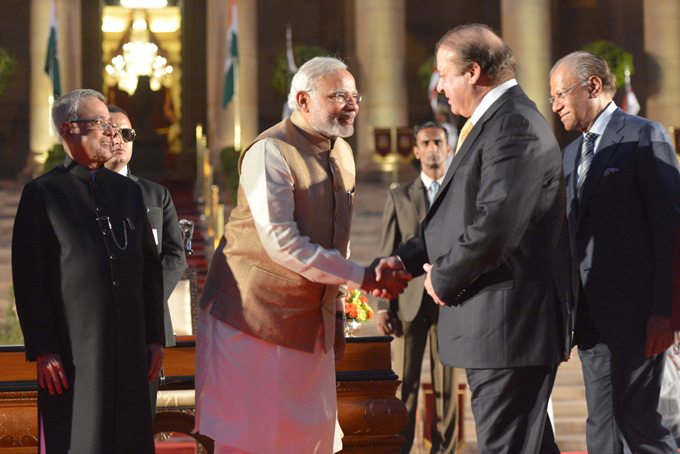Content from the Brookings Institution India Center is now archived. After seven years of an impactful partnership, as of September 11, 2020, Brookings India is now the Centre for Social and Economic Progress, an independent public policy institution based in India.
It is a cliché to observe that the South Asian region is the least economically integrated region in the world – all countries in the region have barriers to trade that exceed the developing country average. The Modi government has put the economic dimension at center stage, offering a vision of India as the engine of mutually beneficial regional growth.
Modi brought the “stealth breaktrough” of the previous government – a trilateral discussion on river management, bringing Nepal into the fold – into the open, and obtained parliamentary passage for an amendment to solve the decades-old border problem with Bangladesh. In Sri Lanka, a fresh line of credit for railways, a customs agreement boosted India’s profile in relation to China’s. An efficient response to Nepal’s earthquakes cemented the benevolent role Modi sought to carve out. By acting on ideas that had been around for some time, Modi has made his big idea of an economic overture to the region credible.
Pakistan has been largely left out of this effort to advance Modi’s economic vision due to the stagnation in India-Pakistan relations. The best chance of success on this front is joint Indian and Pakistani authorship of first steps toward greater economic connection through back channel dialogue by trusted official emissaries. The details are relatively unimportant – non-discriminatory trade, an understanding on removing non-tariff barriers or expanded land travel could be a start. India and Pakistan will not trust each other quickly, but Modi’s vision of a prosperous South Asia will be incomplete without this relationship.




